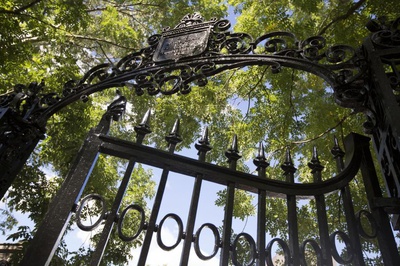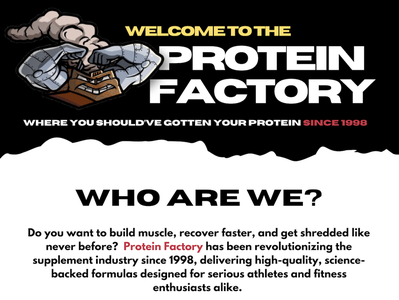
News
News Flash: Memory Shop and Anime Zakka to Open in Harvard Square

News
Harvard Researchers Develop AI-Driven Framework To Study Social Interactions, A Step Forward for Autism Research

News
Harvard Innovation Labs Announces 25 President’s Innovation Challenge Finalists

News
Graduate Student Council To Vote on Meeting Attendance Policy

News
Pop Hits and Politics: At Yardfest, Students Dance to Bedingfield and a Student Band Condemns Trump
SEAS Professor Jennifer Lewis Awarded James Prize

The National Academy of Sciences awarded Harvard professor Jennifer A. Lewis the 2025 James Prize in Science and Technology Integration last week. The $50,000 award honors interdisciplinary sciences and Lewis’ contributions in living materials science that have far-ranging applications in bioprinting.
Lewis’ work at Harvard’s School of Engineering and Applied Sciences focuses on functional materials — specifically the ability to use ink to 3D print biological materials such as human blood vessels and cells.
Mustafa Abdelrahman, a postdoctoral researcher working under Lewis, said the prize is “definitely well deserved.”
“Her work is multi-disciplinary, and it always makes an impact, and just from the way that she views and tackles scientific problems, it comes with that spirit of doing something new and doing something great,” Abdelrahman said.
Lewis first arrived at Harvard in 2013, before creating a new method of 3D printing that became the gold standard in various industries. One year later, she founded Voxel8 — an additive manufacturing company and 3D-printing platform — and sold it to the Israeli company Kornit Digital in 2021. She is also the co-founder of Electroninks, Inc., a company that produces silver ink for printed electronic circuitry.
Travis A. Busbee, co-founder of Voxel8 and one of Lewis’ first students at Harvard, said that “it’s been incredible to watch Jennifer’s progress in research.”
Lewis, who heads a lab focusing on printing soft and living matter across multiple mediums, led the creation of the world’s first 3D-printed battery in 2013.
“She recognizes the value of translating these ideas in the lab into the real world where the rubber meets the road, and because that’s such an important justification of the research in the lab,” Busbee said.
Her work in the lab has brought together researchers from various disciplines. Brandon R. Clark, a postdoctoral researcher, called the lab a “mecca for interdisciplinary scientists.”
“She’s standing at the head of her nest,” Clark said. “You couldn’t do the kind of stuff we’re doing in our lab without all those conflicting viewpoints and having somebody at the helm of it all who can take all those different lines of thought and tie them up neatly into cohesive projects.”
In addition to her slate of teaching courses and research, Lewis is also a member of the American Academy of Arts and Sciences, the National Academy of Engineering, and the National Academy of Sciences.
“The thing that has made her the most successful is her ambition,” Busbee said. “Regardless of whether or not it’s in her comfort zone, she jumps in and knows that she has the skills and the people around her to take on any challenge.”
“And that confidence to conquer the unknown is contagious,” he added.
—Staff writer Xinni (Sunshine) Chen can be reached at sunshine.chen@thecrimson.com. Follow her on X @sunshine_cxn.
—Staff Writer Danielle J. Im can be reached at danielle.im@thecrimson.com.
Want to keep up with breaking news? Subscribe to our email newsletter.
Most Read
- White House Officials Say They Sent Harvard April 11 Demands in Error, New York Times Reports
- Hour by Hour: How Harvard’s Donations Surged After Garber Challenged Trump
- As Garber Stands Against Trump, Money From Harvard Donors Pours In
- Harvard Will Fight Trump’s Demands
- No, Harvard’s Endowment Cannot Withstand Trump
From Our Advertisers

Over 300+ courses at prestigious colleges and universities in the US and UK are at your disposal.

Where you should have gotten your protein since 1998.

Serve as a proctor for Harvard Summer School (HSS) students, either in the Secondary School Program (SSP), General Program (GP), or Pre-College Program.

With an increasingly competitive Law School admissions process, it's important to understand what makes an applicant stand out.

Welcome to your one-stop gifting destination for men and women—it's like your neighborhood holiday shop, but way cooler.

HUSL seeks to create and empower a community of students who are seeking pathways into the Sports Business Industry.
